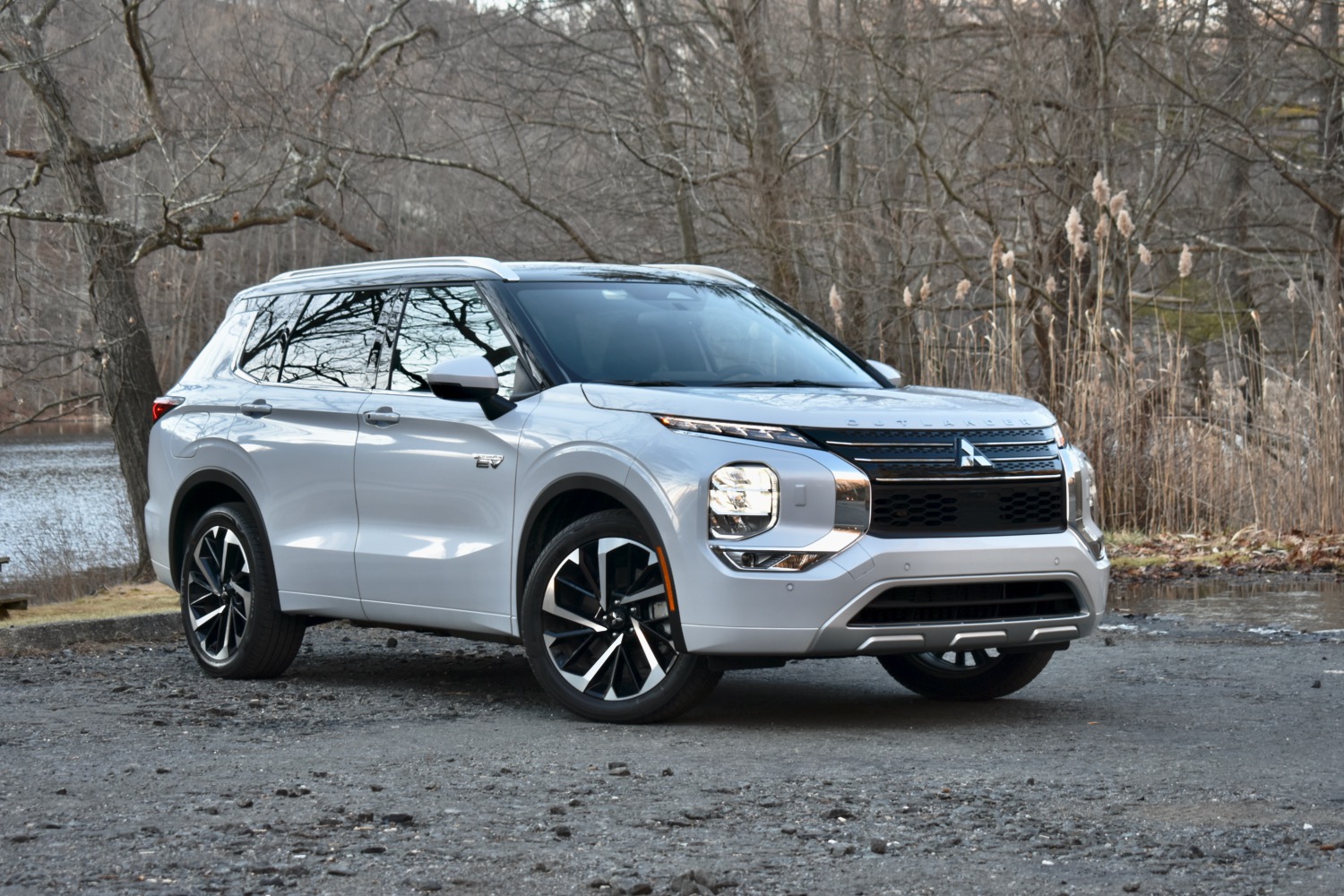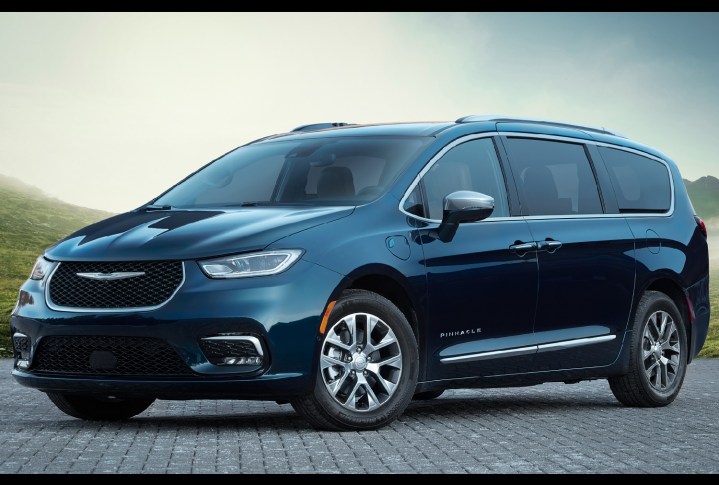EVs are all the rage — and it makes sense. Electric vehicles allow you to avoid high gas prices and feel good about not impacting the environment as much, plus they’re usually sleek, stylish, and fast.
But in 2023, owning an EV isn’t for everyone. After all, charging stations, while improving, still aren’t as common as they should be — and depending on your car, they sometimes aren’t all that fast. If you’re worried about those issues, there’s an alternative — a plug-in hybrid (also known as a plug-in hybrid electric vehicle, or PHEV). These are cars that essentially offer the best of both worlds: A battery and electric motor for quick, clean trips around town, and a gas engine for longer road trips.
What makes a PHEV so great?

With both an electric motor and a combustion engine, you can use the car in electric-only mode for short trips, and switch to the gas-powered engine when you need more range.
Theoretically, you could avoid having to use the gas engine almost ever. For example, you could use the car as an EV to get to and from work, around town, and to grab groceries. Then, you could switch to using the gas engine when you drive out of town, or go on longer trips — avoiding having to charge and instead spending the five minutes it takes to fill up a gas tank.
You don’t even have to think about it if you don’t want to. You can set the car to choose what to use and when. This will allow you to get a little more oomph out of your car, and save on gas in day-to-day life. Like any other hybrid car, your car will charge the battery as you drive, and will seriously cut down on gas usage.
What about the downsides?

Of course, there are a few considerations to make before you buy a PHEV. For starters, they really only make sense for owners who can charge at home or at work. That’s because the batteries in PHEVs are much smaller than full electric cars. At most, you usually only get 40 or 50 miles of range. For most drivers, that’s enough for one day of around-town driving, but you’re not going to want to stop at a charging station every day.
Compared to fully electric cars, PHEVs usually aren’t as fun to drive either. With smaller electric motors designed for efficiency, you won’t necessarily get the same zip that you’ll get from a car like the Kia EV6 GT. But the right model can be a blast off-road.
If you’re someone that can charge at home, and who needs a practical experience more than fast acceleration, a PHEV might have exactly what you need.
Of course, if you can charge at home, it might be worth taking another look at a full EV. These will offer up to around 300 miles of range on a charge, and will likely get you around town without issue if you charge at home. The only downside is you’ll have to plan a little more if you drive longer distances regularly, or plan on going on road trips.
Some great PHEVs to consider
Interested in a plug-in hybrid for yourself? There are plenty of great models out there. Here are some of our favorites.
BMW 330e

The BMW 3-Series has a long history of high quality, and there’s a plug-in hybrid variant that’s worth considering. The BMW 330e offers everything you know and love about the 3-Series, with an electric motor that can get you around town for a little over 20 miles. That’s not huge, but it can be used in a hybrid mode that seriously improves the overall gas mileage.
Chrysler Pacifica Hybrid

If you’re a minivan driver who wants a plug-in hybrid, you’re kind of limited to the Pacifica Hybrid, which is the only plug-in minivan available right now. That’s not to say it’s a bad option though — it’ll get you more than 30 miles of all-electric range, and offers all the comforts and features that you would expect from a Pacifica.
Kia Niro PHEV

Kia has been firing on all cylinders recently, and the Niro PHEV is a solid example of that. The car leverages Kia’s experience in electrified vehicles to offer a little over 30 miles in all-electric range, which should be enough for most people to complete basic daily tasks.
Editors' Recommendations
- The Tesla Model Y is at its lowest price yet — but should you buy one?
- EV warranties aren’t like those for non-electric cars. Here’s what you should know
- 2025 Hyundai Tucson Plug-In Hybrid gets improved tech features
- 4 ways the best-selling plug-in hybrid in the U.S. just got better for 2024
- Lamborghini is reinventing itself with the Revuelto plug-in hybrid


